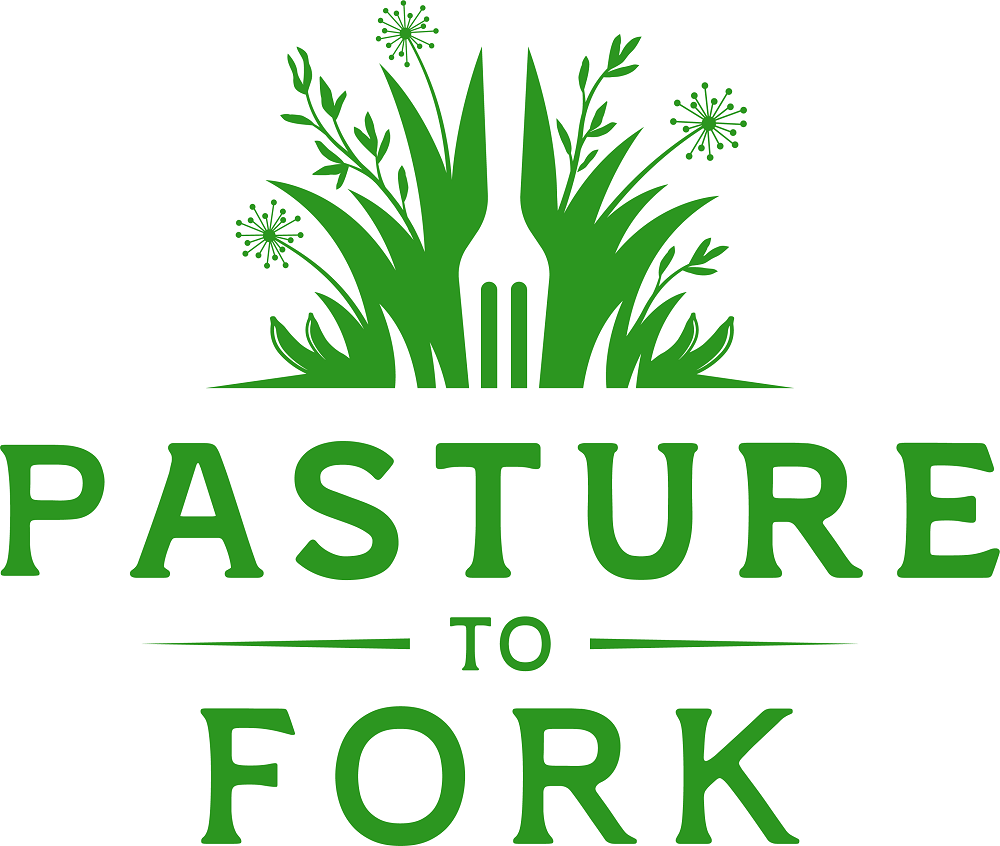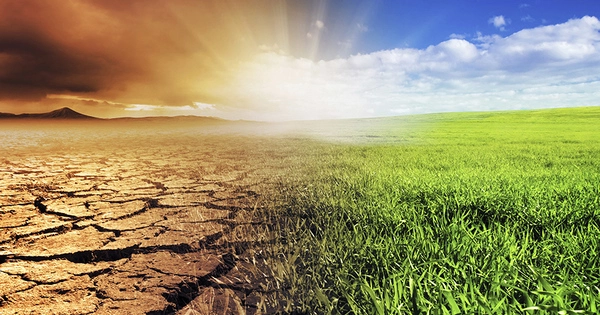Can the Food and Farming Crisis be Resolved?
posted on
March 6, 2024
Given the modern worldview that independence of the individual is everything, it’s probably a bit of a shocker when I say I view human independence as an illusion—a mirage in the distance that will always be that—in the distance. Yes, we have an aura of independence given that we have mechanized transportation that’s as easy as getting in and turning the key, we have devices in the palm of our hand that literally give us access to the knowledge of the world in milli-seconds. And that creates an impression of independence in the sense that we can go places, do things, and know things that were impossible for most of human history.
But even with these modern technologies, we are dependent on other people. No man is an island. And I’m not even referring to the psychological aspect of human nature that wants to be connected to other people. It’s just an irrefutable fact that humans have always been dependent on each other—community and kin—as well as the surrounding eco-system for survival. But as life became easier due to industrial and technological advancements, many of us are at least a little obsessed with the idea of being our own person apart from others. That in itself may be ok, but I’ve come to agree with Stephen Covey in his The 7 Habits of Highly Effective People where he says: Independence is the paradigm of I—I can do it; I am responsible, I am self-reliant, I can choose. [on the other hand] Interdependence is the paradigm of we—we can do it; we can cooperate; we can combine talents and abilities and create something greater together…. A little later in the same chapter he writes: Life is, by nature, highly interdependent. To try to achieve maximum effectiveness through independence is like trying to play tennis with a golf club—the tool is not suited to the reality. Interdependence is a far more mature, more advanced concept.
Granted, the book Covey wrote is about effectiveness, and that may not be the goal of some people today—although I say it should be. What greater aspiration could we have than to be effective in our lives. Whether it be in our work, with our family, or even in our faith, we should aspire to be effective, which is defined as “adequate to accomplish a purpose, producing the intended or expected result.”
Like always, I would like to turn this discussion to the food arena. How does it apply? Number one, due to the industrialization of human food within the last fifty to seventy-five years – not the least of which is the emergence of a food processing industry who brought a great many convenience foods into existence, distributing them to every local grocery and supermarket. Foods that traditionally were sourced directly from local farms and home gardens now come from nameless, faceless entities and conjure a fantasy of not only human independence from the natural elements man has always relied on for sustenance, but also the false resemblance of food security and independence. Modern society forgets that food and farming is inextricably linked, regardless of whether it comes from the supermarket in a plastic package, from the garden in the back yard, or from a local farm.
That man would no longer be bound – yes, helplessly dependent – to the natural elements of soil, air, and water is one of the biggest myths of all time. In his writings, Joel Salatin often refers to our interaction with the earth and our dependence on its fruits as our ”ecological umbilical.” At first I thought it to be too strong a term, but I’ve changed my mind. Our dependence on the earth and its natural elements is not unlike the utter reliance of an unborn baby on the continuation of nutrients through the umbilical connection with its mother. In the foreword of Forest Pritchard’s excellent book, Gaining Ground, Joel penned these words; “We cannot escape our responsibilities to, nor our interactions with, soil, air, and water – the basic ingredients in the farmer’s alchemy….. Unlike other vocations that are arguably more or less necessary, farming is basic to human existence. Because it is at the root of civilization, it has the greatest capacity to either heal or hurt humankind’s planetary nest. As co-stewards of this great creation, we all owe future generations the benefit of knowing something about farming, food production, and land care. Few intellectual journeys could be this necessary and far-reaching.” Isn’t that an irrefutable truth?
As the farmer population continues to decline – largely due to either age or bankruptcy – it will become more obvious than ever how dependent society is on farming and food production. Agricultural statistics are concerning in terms of farmer age, although it’s a little-known concern in society and is not touched by the mainstream news. One of the most abnormal aspects of modern America is the fact that many regions are literal food deserts, meaning there’s no food being raised in the vicinity. This is true not only in cities and urban areas, but in many rural areas as well. To be sure, rural areas may have farms – even active working farms, but they are usually in the commodity business and are not raising actual food for local sale to the local populace. Whether they have corn, soybeans, wheat, or hay in the fields, it’s a commodity that goes for animal feed. They may have hogs, dairy cows, beef steers, or a barn full of chickens, but there’s no food to be obtained from the farm. In this country by and large, food is acquired from grocery stores or supermarkets, not from farms.
Most farmers today contract with a grain, meat, or dairy processor, and are merely producers of commodities—feudal serfs who dance to a corporate whistle. Major multi-national corporations like Cargill, ADM (Archer Midland Daniels), Tyson, and Purdue purchase the majority of raw materials entering the food production stream. Rural farming communities throughout the United States have dwindled to near ghost towns, and most farm commodities are subsidized with tax revenue to support less-than-sustainable farm income streams, which in turn benefits the corporate buyers of raw farm commodities because they can purchase at cost of production or less.
New census data released by the USDA in February provides reason for concern, again. The number of farms operating in the US and the number of farm acres have both fallen significantly. There were 141,733 fewer farms in 2022 than in 2017. The number of farm acres was reduced by a whopping 20 million acres in the same five-year period. This is very disturbing! Yes, we can shrug our shoulders and say there’s still plenty of food in the supermarket, and that’s true. But that food is increasingly not produced domestically. As a nation we now import 20% of our food. That’s one out of every five bites. If that doesn’t pose a national security concern, I don’t know what does.
What’s the solution to this? While it’s a complex problem—particularly on a national scale (I happen to think most large-scale problems are best solved on a local or regional level) I believe number one is to de-corporatize farming and food production. While there are a number of small farms that have effectively exited the corporate commodity system, they are few and far between, and we need many more to make this move. The problem with being in the commodity system is that the corporate aggregators who buy raw farm commodities hold farms and farmers hostage via price. Given that most farmers have little to no control over the price they’re paid for their goods, farming has become the hard-scrabble vocation it is, which then turns the next generation away. Thus we have an unprecedented aging farmer demographic, which means that in the next 15-20 years, over fifty percent of our privately held farmland will change hands not by choice, but by death. Who will take it over? Will they know how to manage it? If this land is not taken over by people who know how to produce food from it, we’ll undoubtedly import even more food from foreign interests.
Throughout history, people—individuals—have always teamed up to instigate change. And they still do. Such as small-scale food producers who take the path of lunatics and are driven to a different system by producing real food for real people within their region. That’s us. But more importantly, change is being instigated by people who are sick (literally) and tired of being victims of Big Food and their unpronounceable ingredients, empty claims, and tasteless pseudo-food, and opt out to find real-time food producing farms in their region. That’s you. This food partnership is the crux of interdependence. Small-scale farms like us cannot be independent, no more than today’s society is independent in food acquisition. To me, the folks who recognize the reality of this opportunity—and leverage it—portray quite well the irrefutable law of interdependent community and become the solution to one of the foremost threats facing us as an independent western nation. As always, the people hold the solution in the form of a food revolution. Let's hope it comes quickly. And that’s the View from the Country.



